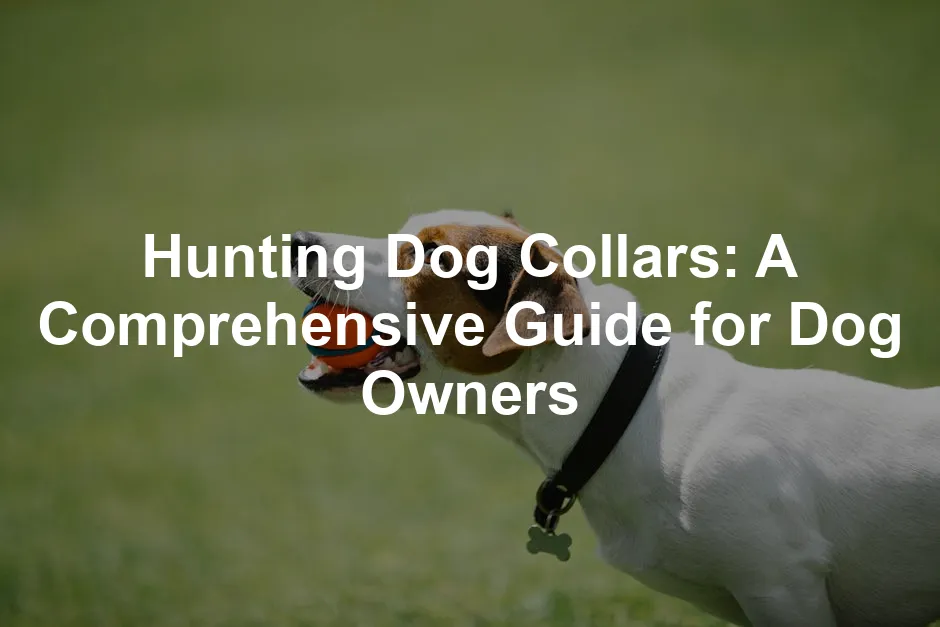Introduction
Hunting dog collars are essential for any hunting enthusiast. They ensure your dog’s safety and visibility in the field. A well-chosen collar also aids in training, helping your dog understand commands better. With the right collar, you can enhance your overall hunting experience, making it safer and more enjoyable for both you and your furry friend.
Summary and Overview
There are various types of hunting dog collars, each with unique features and purposes. Traditional leather collars offer durability and style, while nylon and synthetic options provide lightweight and adjustable solutions. Training collars, including e-collars and remote options, help with command reinforcement.
Choosing the right collar depends on your dog’s breed, size, and the hunting environment. For instance, GPS collars are excellent for tracking, while reflective collars improve visibility in low-light conditions. Recent trends show a rise in materials like biothane and innovations such as LED lights, ensuring your dog is both safe and stylish during hunts.
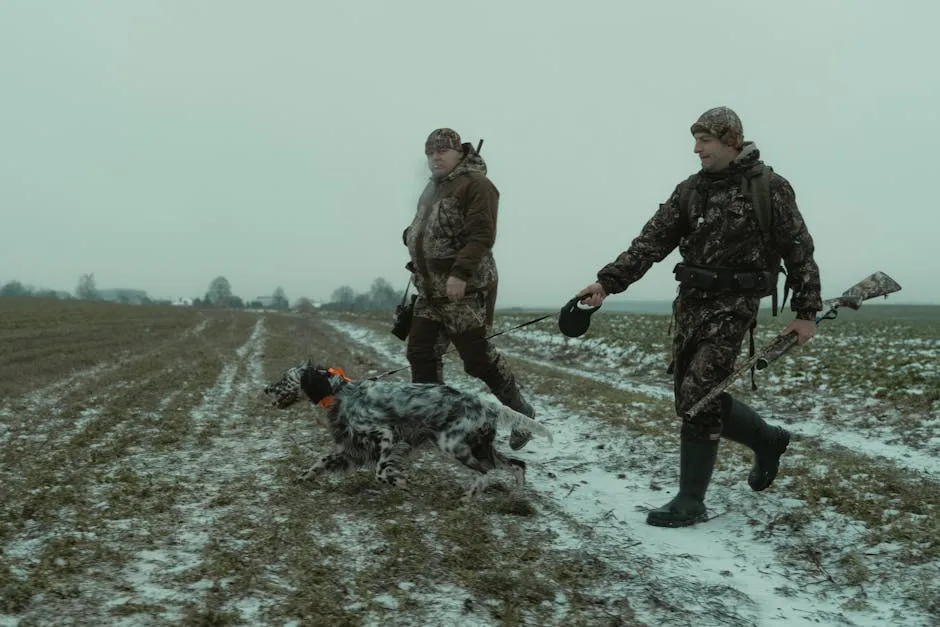
If you’re considering adopting a rescue dog, effective dog training tips can significantly enhance your experience.
Types of Hunting Dog Collars
1. Traditional Leather Collars
Leather collars are a classic choice for hunting dogs. They offer durability and a stylish look. High-quality leather can withstand wear and tear from outdoor adventures. Plus, leather is comfortable for your dog, ensuring it won’t chafe during long hunts.
When choosing a leather collar, consider maintenance. Regular cleaning with leather conditioner keeps it supple. Water resistance is another factor; some leather collars may absorb water, leading to damage. Brands like HUNTER and PetSafe offer excellent options. Models such as the HUNTER Leather Collar and the PetSafe Premium Leather Collar are popular for their quality and comfort.
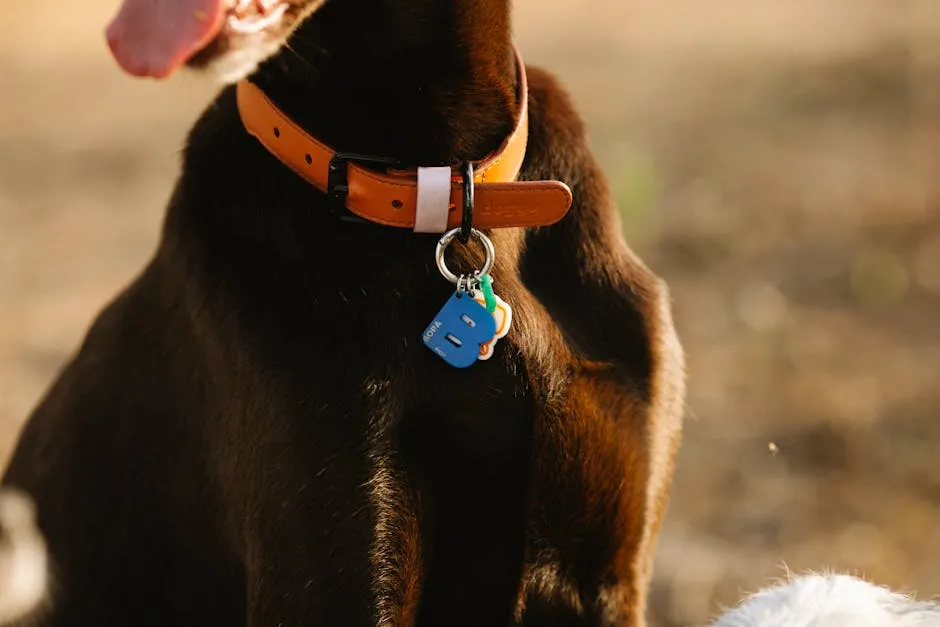
2. Nylon and Synthetic Collars
Nylon and synthetic collars are lightweight and versatile. They are often adjustable, making it easy to find the perfect fit for your dog. These collars come in various colors and designs, allowing you to express your dog’s personality.
Cleaning is a breeze with nylon collars. Just toss them in the washing machine, and you’re good to go! However, they may not provide the same level of durability as leather. Some dogs may chew on them, leading to wear. Brands like Blue-9 and HUNTER offer a range of nylon collars in bright colors and fun patterns. Consider options like the HUNTER Nylon Vario or Blue-9’s Adjustable Collar for a practical choice.
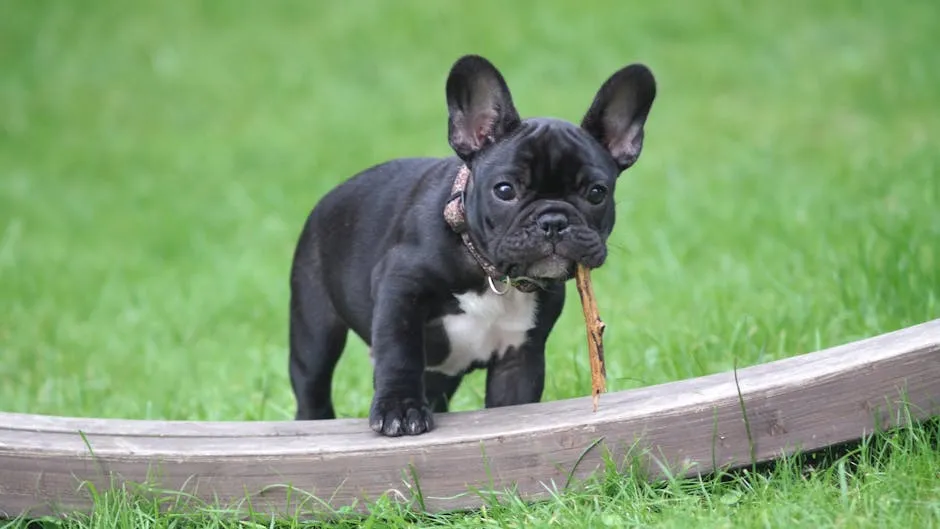
3. Training Collars
Training collars are essential for effective dog training. There are several types: e-collars, remote training collars, and traditional collars. E-collars deliver a mild stimulation to reinforce commands. Remote training collars allow you to communicate with your dog from a distance.
When using training collars, it’s crucial to follow proper techniques. Start with basic commands and gradually increase complexity. Always prioritize your dog’s safety. Avoid using collars for punishment, as this can harm your relationship. Brands like Garmin Alpha 200i and Dogtra 280C are well-regarded in the training collar market. Their products provide reliable options for training your hunting companion.
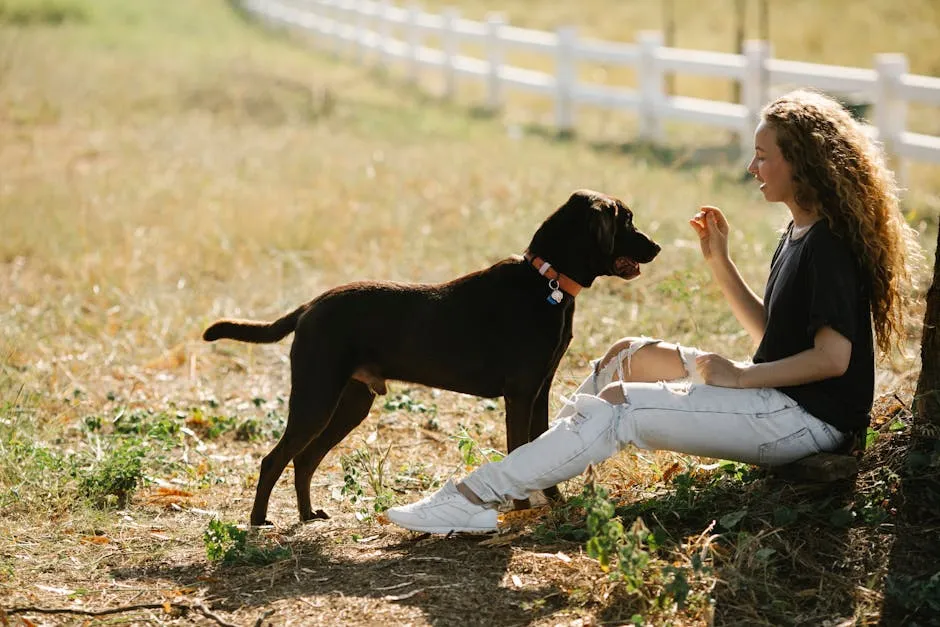
4. Reflective and Luminescent Collars
Visibility is crucial during low-light conditions. Hunting often occurs during dawn or dusk, making it hard to spot your dog. Reflective and luminescent collars help keep your furry friend safe. These collars shine brightly, ensuring they can be seen from a distance.
Recent technology has improved reflective materials significantly. Many collars now feature high-visibility strips that catch light effectively. Additionally, LED collars have become popular. They light up and are perfect for night hunts. With these advancements, your dog can roam freely while you maintain peace of mind.
Choosing a reflective or luminescent collar is wise for safety. Not only does it enhance visibility, but it also adds an extra layer of security. Whether you’re tracking game or enjoying a casual evening walk, these collars are essential for any hunting dog. Consider a Reflective Dog Collar with LED Light for those evening escapades!
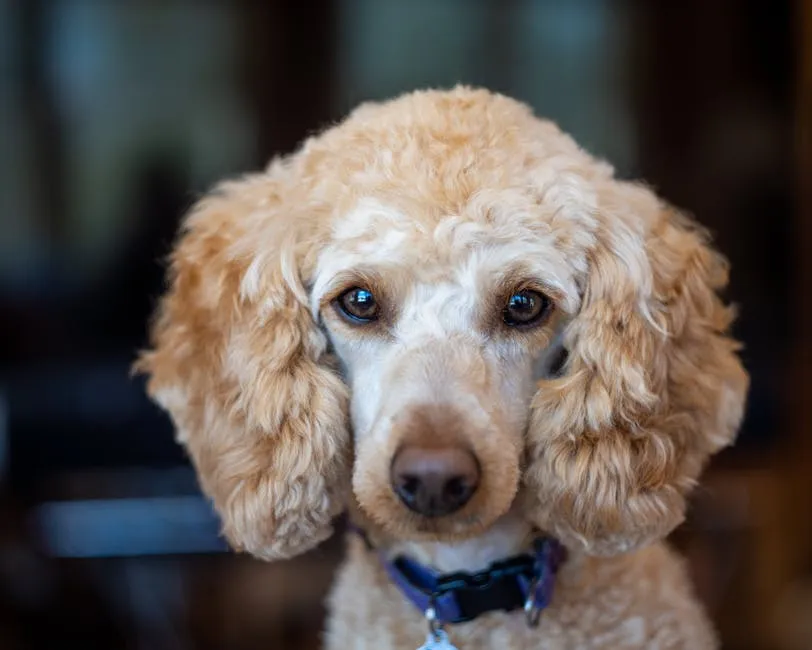
5. GPS Tracking Collars
GPS tracking collars offer numerous benefits for hunting dogs. They provide real-time tracking, allowing you to locate your dog easily. This feature is especially helpful in dense woods or unfamiliar terrains. Knowing where your dog is can prevent potential accidents.
Several brands and models are available on the market. Garmin offers the Alpha series, which combines training and tracking. Another option is the SportDOG TEK GPS Tracking Collar, known for its durability. Each model varies in features, including range and battery life.
Moreover, many GPS collars integrate with smartphone apps. This allows you to monitor your dog’s movements directly from your phone. You’ll receive alerts if your dog strays too far, ensuring their safety. Investing in a GPS collar can enhance your hunting experience and keep your dog secure.
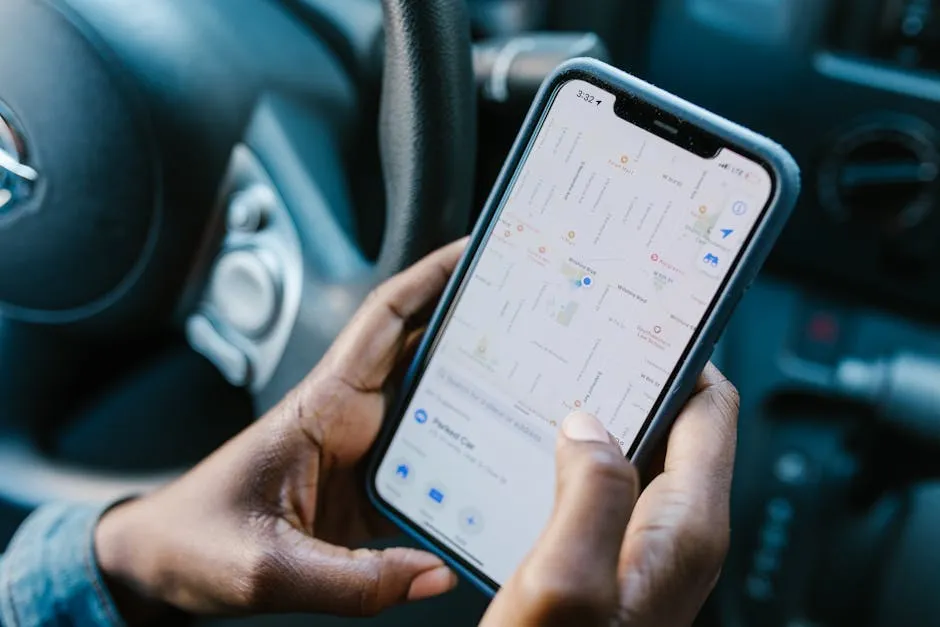
6. Customizable Collars
Customizable collars provide a personal touch for your hunting dog. Options range from engravings to various colors and sizes. Personalization allows you to express your dog’s unique personality. Plus, it can be a fun way to bond with your pet.
ID tags are crucial for safety. In case your dog gets lost, an ID tag can help reunite you quickly. Many brands offer customizable collars with built-in ID tag options. Companies like Customizable Dog Collar with ID Tag and Gun Dog Supply allow you to add names, phone numbers, or special messages.
Choosing a collar that fits your dog’s style is important. Customization options ensure you find a collar that reflects your dog’s character. Plus, the added safety of personal identification makes these collars a wise investment for any hunting dog owner.
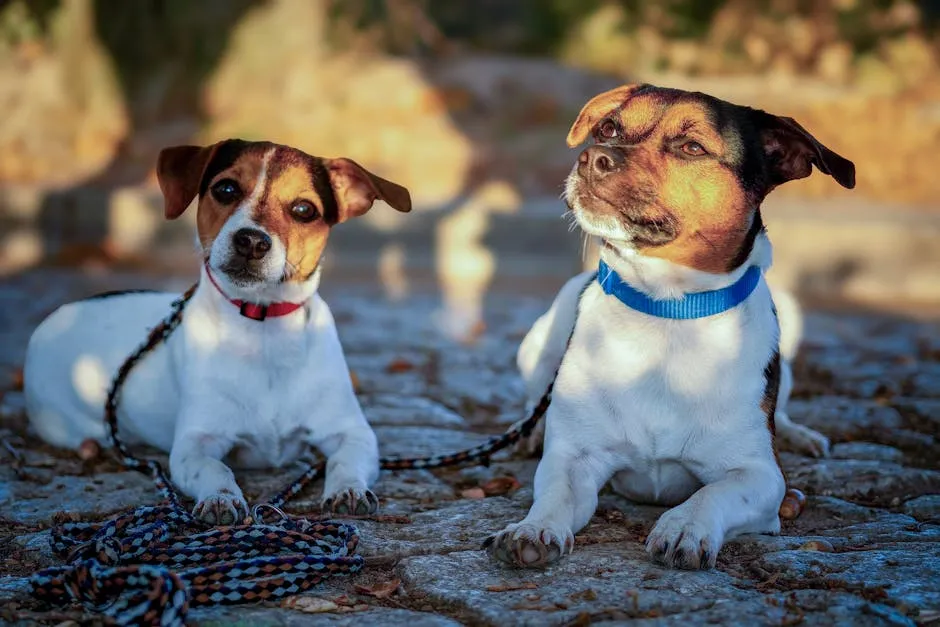
7. Seasonal and Weather-Specific Collars
Choosing the right collar for your hunting dog involves considering seasonal and weather-related factors. For example, waterproof collars are essential for rainy conditions. These collars keep your dog dry and comfortable, reducing the risk of skin irritation. Check out this Waterproof Dog Collar for those wet adventures!
Temperature impacts collar choice, too. In hot weather, breathable materials like nylon or mesh help keep your dog cool. Conversely, in colder climates, thicker collars provide extra warmth. Reflective collars are useful during hunting season when visibility is lower.
Some collars come with added features. For instance, LED lights enhance visibility during evening hunts. Others might include insulation for cold weather, keeping your dog warm during long outings. Choosing the right seasonal collar not only ensures your dog’s comfort but also enhances safety in varying environments.
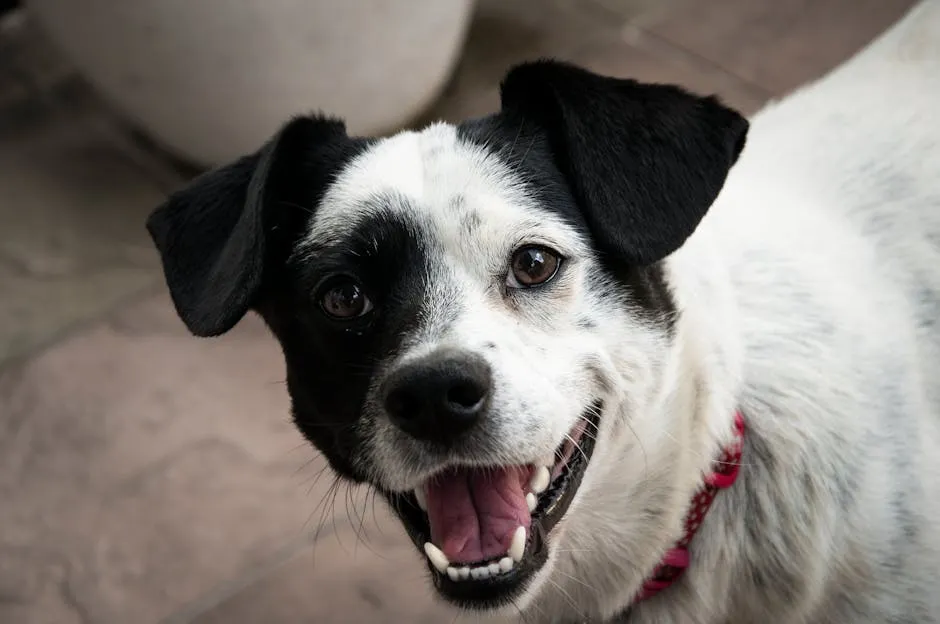
8. Collar Fit and Sizing
Proper collar fit is crucial for your dog’s safety and comfort. A collar that’s too tight can cause discomfort or injury, while one that’s too loose may slip off. To find the right size, measure your dog’s neck using a flexible measuring tape. Wrap it around the base of the neck where the collar will sit, ensuring a snug but comfortable fit.
Leave enough space for two fingers between the collar and your dog’s neck. Many brands offer adjustable collars, perfect for growing dogs. These collars can be easily modified as your dog’s size changes, ensuring a perfect fit over time. For younger pups, consider collars that accommodate their growth while remaining safe and secure.
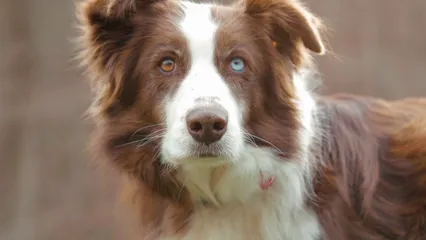
9. Care and Maintenance of Dog Collars
Keeping your dog’s collar clean is essential for hygiene and longevity. Different materials require specific care. For leather collars, regular conditioning helps maintain suppleness and prevents cracking. Use a damp cloth to wipe down nylon collars after outdoor adventures, ensuring they stay fresh.
Storing collars properly extends their life. Avoid leaving them in damp areas; moisture can lead to mold and odors. Instead, hang them in a cool, dry spot.
Common issues include wear and tear or odors. If your collar starts to smell, a gentle wash with mild soap can do wonders. For frayed edges, consider replacing the collar to ensure your dog’s safety. Regular maintenance can keep your dog’s collar looking great and functioning well for years.
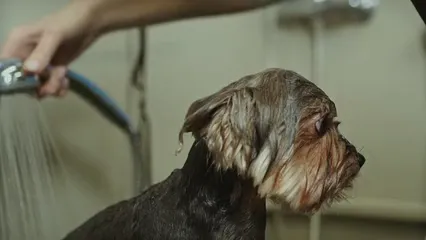
Conclusion
Selecting the right hunting dog collar is crucial for your dog’s safety, visibility, and training success. A well-chosen collar ensures your furry friend can be easily seen in low-light conditions. It also supports effective training by reinforcing commands.
When picking a collar, consider your dog’s specific needs and the hunting environment. Is your dog a water lover or does it navigate dense forests? Each situation requires a different collar. Take the time to choose wisely.
Visit local or online pet supply stores to explore a wide selection of collars. You’ll find options that fit your dog’s unique needs, ensuring you both enjoy the hunt to the fullest! Don’t forget to check out a Dog First Aid Kit to ensure you’re prepared for any mishaps!

FAQs
What type of collar is best for hunting dogs?
A durable collar with visibility features is ideal. Look for options that resist wear and have training capabilities. Reflective elements enhance safety during low light.
How do I measure my dog for a collar?
Use a flexible measuring tape. Wrap it around your dog’s neck where the collar sits. Ensure it’s snug but allows for two fingers between the collar and neck.
Can I use a regular collar for hunting?
Regular collars lack the durability and visibility needed for hunting. Hunting-specific collars often include features like reflectivity or GPS tracking.
Are training collars safe for my dog?
Yes, if used correctly. Follow guidelines for proper use, ensuring the collar reinforces commands without causing harm or stress.
What features should I look for in a hunting collar?
Seek collars with reflectivity, GPS tracking, and training capabilities. These features enhance safety and training effectiveness during hunts.
How often should I replace my dog’s collar?
Regularly inspect for signs of wear, such as fraying or odor. Replace collars when they show significant damage or wear to ensure your dog’s safety.
Are there eco-friendly options for dog collars?
Yes, many brands offer collars made from sustainable materials. Look for options that highlight their eco-friendly credentials to make a responsible choice.
Please let us know what you think about our content by leaving a comment down below!
Thank you for reading till here 🙂 Don’t forget to grab your Dog Treats Variety Pack for your furry friend!
All images from Pexels

